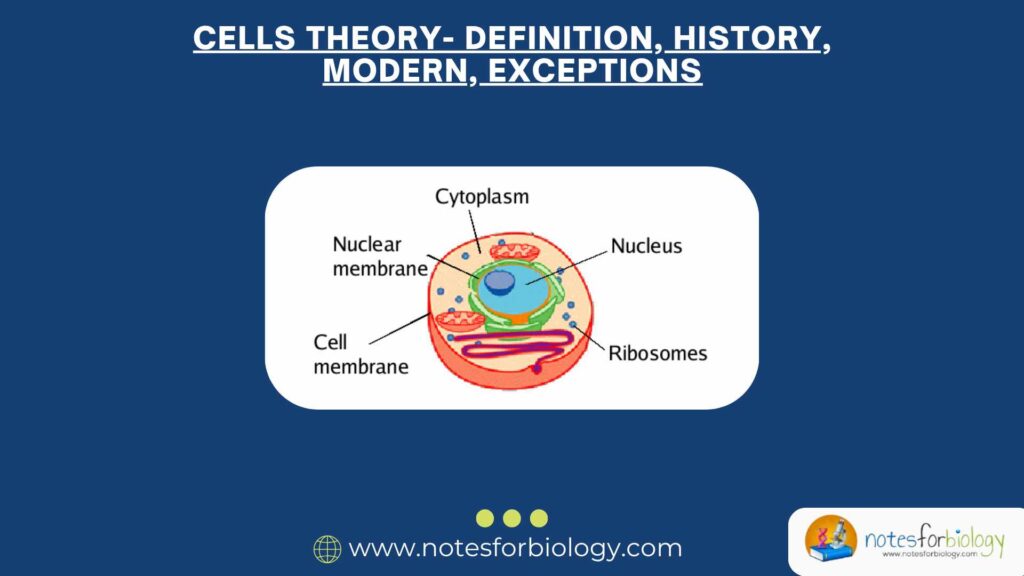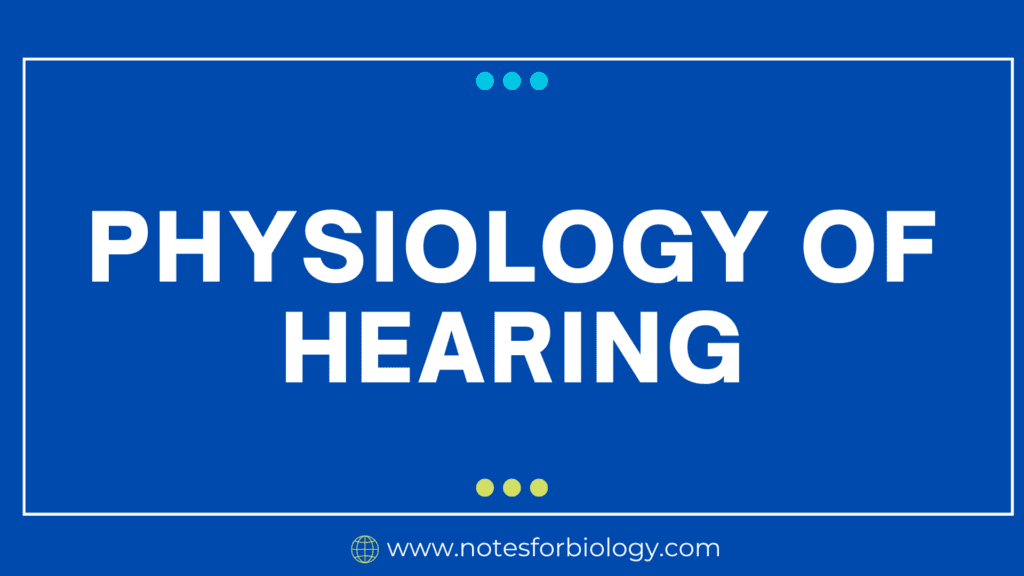Cells Theory
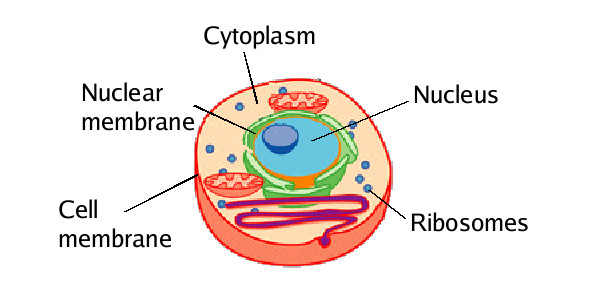
The study of life begins with the study of cells. Every living organism, from a tiny single-celled bacterium to complex multicellular plants and animals, is composed of cells. Cells are the smallest units capable of performing all the basic functions of life. Understanding cells allows us to understand the structure, function, growth, and reproduction of all living organisms. The foundation of this understanding is rooted in the Cells Theory, one of the most fundamental and unifying theories in biology.
Cells theory is a foundational scientific principle that explains the structure and function of all living organisms in terms of their cellular composition. It states the following core ideas:
- All living beings are composed of one or more cells.
- The cell is the basic structural and functional unit of life.
- All cells arise from pre-existing cells.
This theory suggests that no life exists without cells, and every function necessary for life takes place inside cells. Whether it is growth, repair, reproduction, metabolism, or inheritance everything is controlled and performed by cells. This theory unified the understanding of biology under a single, coherent framework and remains vital to this day.
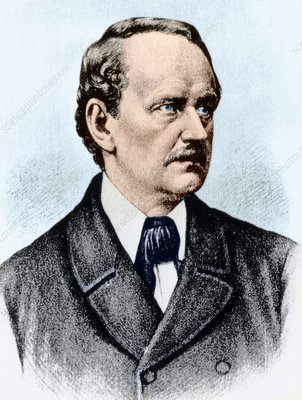
The cell theory was first proposed by Theodor Schwann and Matthias Jakob Schleiden in 1838. Their work established the idea that all plants and animals are made up of cells, marking a major breakthrough in biology. Later, Rudolf Virchow contributed by stating that all cells arise from pre-existing cells, further refining the theory.
Table of Contents
History and Development of Cells Theory
The development of cells theory was gradual, shaped by scientific discoveries and advances in microscopy. The key historical milestones are:
- 1665: Robert Hooke examined a thin slice of cork and discovered small box-like compartments, which he called “cells” because they resembled the rooms of a monastery. Though Hooke only observed the dead cell walls of plants, his discovery laid the foundation for cell biology.
- 1670s–1680s: Anton van Leeuwenhoek improved microscope design and observed living cells, including bacteria and spermatozoa, which he called “animalcules.” This was the first observation of living microscopic organisms.
- 1838: Matthias Schleiden proposed that all plants are made of cells.
- 1839: Theodor Schwann extended this idea to animals, concluding that all animals are made of cells. Schleiden and Schwann’s work collectively formulated the initial cells theory.
- 1855: Rudolf Virchow added the crucial insight that all cells come from pre-existing cells, summarized in the phrase “Omnis cellula e cellula.” This rejected earlier ideas of spontaneous generation.
Together, these discoveries form the classical cell theory, which forms the basis of modern biology.
Modern Cells Theory
With advances in molecular biology and technology, cell theory was expanded into modern cell theory, which includes the classical ideas but also these additional points:
- Cells contain hereditary information (DNA) that is passed from parent to daughter cells during cell division.
- Metabolic activities—such as respiration and synthesis of proteins—occur within cells.
- Despite diverse forms and functions, all cells share a similar basic chemical composition, mainly water, proteins, lipids, carbohydrates, and nucleic acids.
- Energy flow and biochemical reactions essential to life take place inside cells.
- In multicellular organisms, cells specialize but share the same genetic material and originate from a single fertilized egg.
This modern understanding underscores how cells are not just building blocks but dynamic units of life where genetic information directs cellular function.
Importance of Cell Theory in Biology
Cells theory is essential because it:
- Provides a unifying principle that applies to all life forms.
- Forms the basis for understanding growth, development, and reproduction in organisms.
- Allows the study of diseases at the cellular level, helping develop medical treatments and vaccines.
- Supports advances in genetic engineering, stem cell research, and biotechnology.
- Explains inheritance and evolution, as genetic material is transferred through cells.
Without cell theory, modern biology and medicine would not have their solid foundation.
Types of Cells: Prokaryotic and Eukaryotic
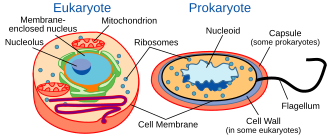
The cell theory applies to both prokaryotic and eukaryotic cells, which differ fundamentally:
- Prokaryotic cells are simple, lack a nucleus, and do not have membrane-bound organelles. DNA is freely floating in the cytoplasm. Examples include bacteria and archaea.
- Eukaryotic cells have a true nucleus surrounded by a membrane and possess various organelles specialized for different functions. These include plant, animal, fungal, and protist cells.
Despite structural differences, both conform to cell theory’s principle that the cell is the fundamental unit of life.
Exceptions to Cells Theory
Though powerful, cell theory has some exceptions:
- Viruses are non-cellular and cannot reproduce independently, relying entirely on host cells for replication. They lack cytoplasm, organelles, and metabolic machinery, thus do not fit within cell theory.
- The origin of the first cell is unexplained by cell theory, which states that all cells arise from pre-existing cells. The emergence of life from non-living matter is studied under abiogenesis.
- Multinucleated cells (syncytia), such as skeletal muscle fibers and some fungi, contain multiple nuclei within a single cell, challenging the idea of a cell with a single nucleus.
- Some organisms, like certain algae, form coenocytic cells large multinucleated cells without internal cell boundaries.
These exceptions highlight the complexity of life and the limits of the theory.
Limitations of Cells Theory
While cell theory is foundational, it cannot explain everything about life. It:
- Does not clarify how the first living cell originated.
- Does not apply to non-cellular life forms such as viruses.
- Does not fully explain the complexity of tissues and organs in multicellular organisms, including cell specialization and intercellular communication.
- Cannot account for the emergence of consciousness and behavior in higher animals.
Despite these, cell theory remains the backbone of biological sciences.
Recent Advances Related to Cells Theory
Modern research continues to expand on cell theory:
- Stem cell research shows how unspecialized cells can differentiate into various specialized cell types, enabling tissue regeneration and new treatments.
- Advanced microscopy techniques allow visualization of cellular processes in real time, revealing cell behavior and interaction at molecular levels.
- The discovery of gene editing technologies like CRISPR enables precise modifications of DNA within cells, revolutionizing genetics and medicine.
- Organoids and lab-grown tissues replicate the function of real organs using cells, advancing disease modeling and drug testing.
These advances are based on the understanding that cells are fundamental to life.
Conclusion
Cell theory is a cornerstone of biology that explains life in terms of cells. It unifies diverse living organisms under the concept that all life forms are composed of cells, and all cells come from pre-existing cells. Over centuries, this theory has evolved and expanded, shaping modern biology and medicine. Despite a few exceptions and limitations, cells theory continues to guide scientific discovery and deepen our understanding of life at the cellular level. Studying cells is truly studying life itself.
Frequently Asked Questions (FAQs)
Who proposed cell theory?
The cell theory was first proposed by Theodor Schwann and Matthias Jakob Schleiden in 1838. Their work established the idea that all plants and animals are made up of cells, marking a major breakthrough in biology. Later, Rudolf Virchow contributed by stating that all cells arise from pre-existing cells, further refining the theory.
Who developed modern cell theory?
Modern test theory, also known as item response theory (IRT), was developed by Frederic Lord, Georg Rasch, and Paul Lazarsfeld, among others, in the 1950s and 1960s. Lord, in particular, made significant contributions with his work on the theory and its application in psychometric testing.
What are the two main types of cells?
Cells are broadly classified into two main types:
Prokaryotic Cells – Simple, unicellular organisms like bacteria and archaea. They lack a nucleus and membrane-bound organelles.
Eukaryotic Cells – More complex cells found in plants, animals, fungi, and protists. They contain a nucleus and specialized organelles.
Related Articles

